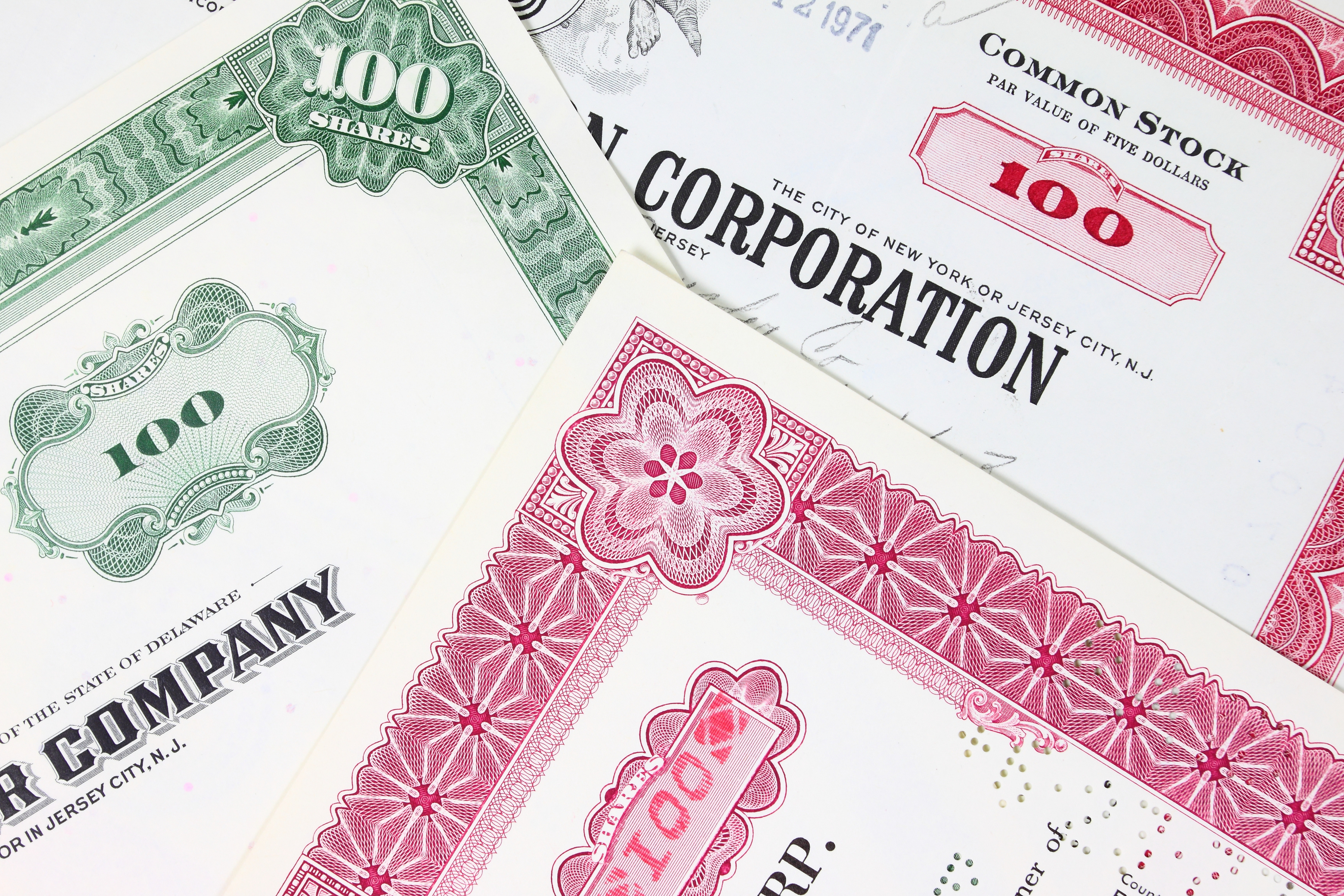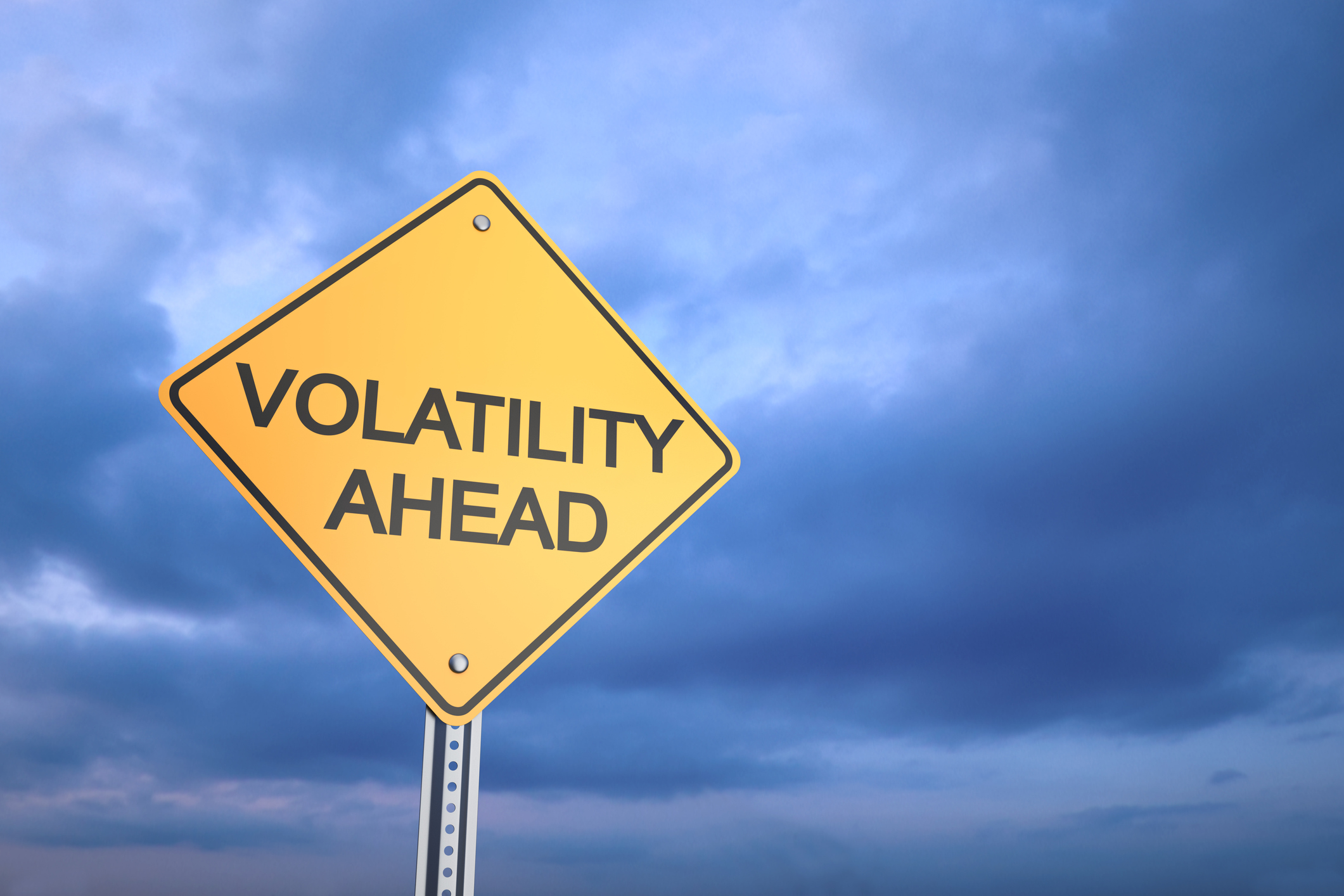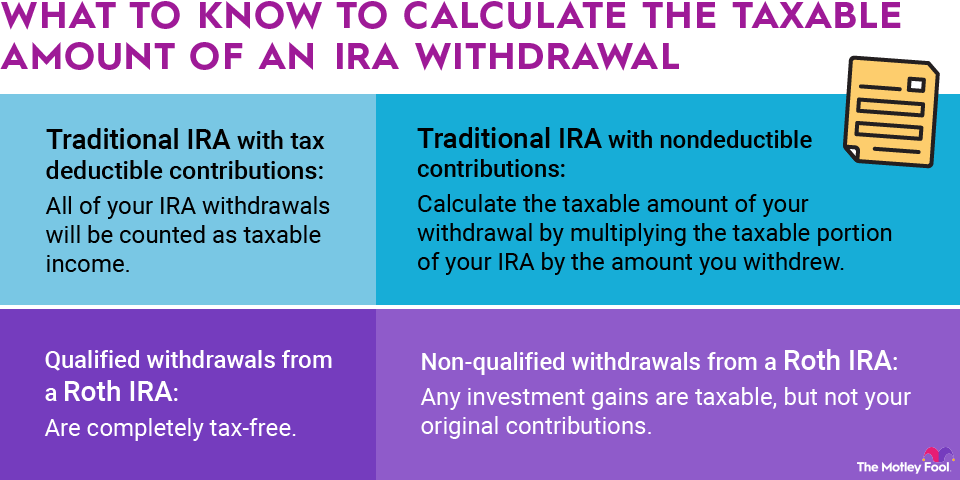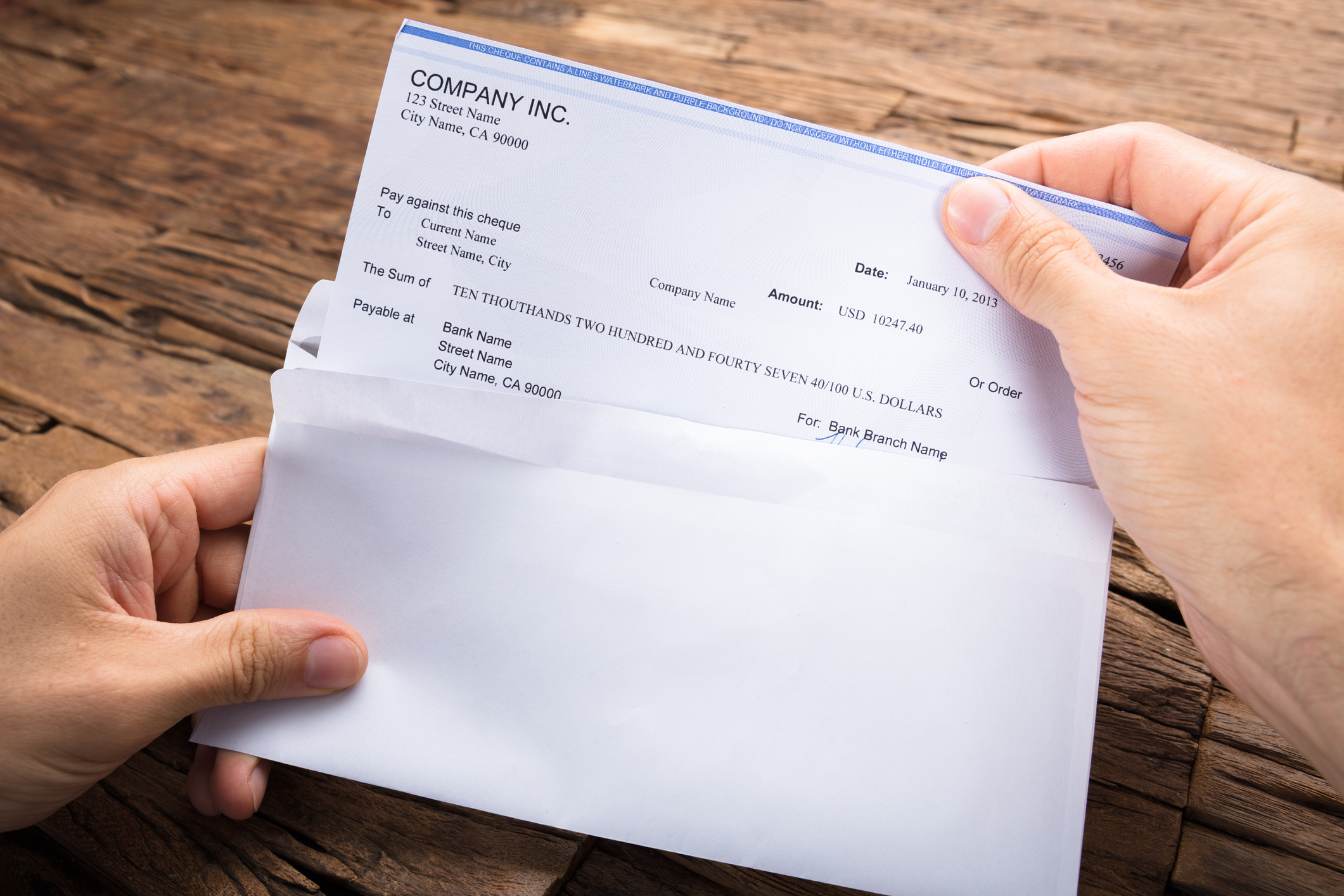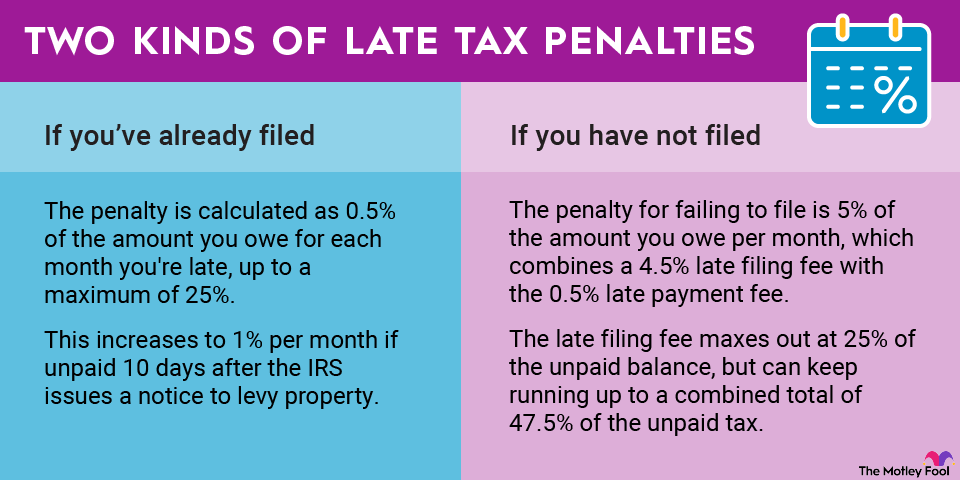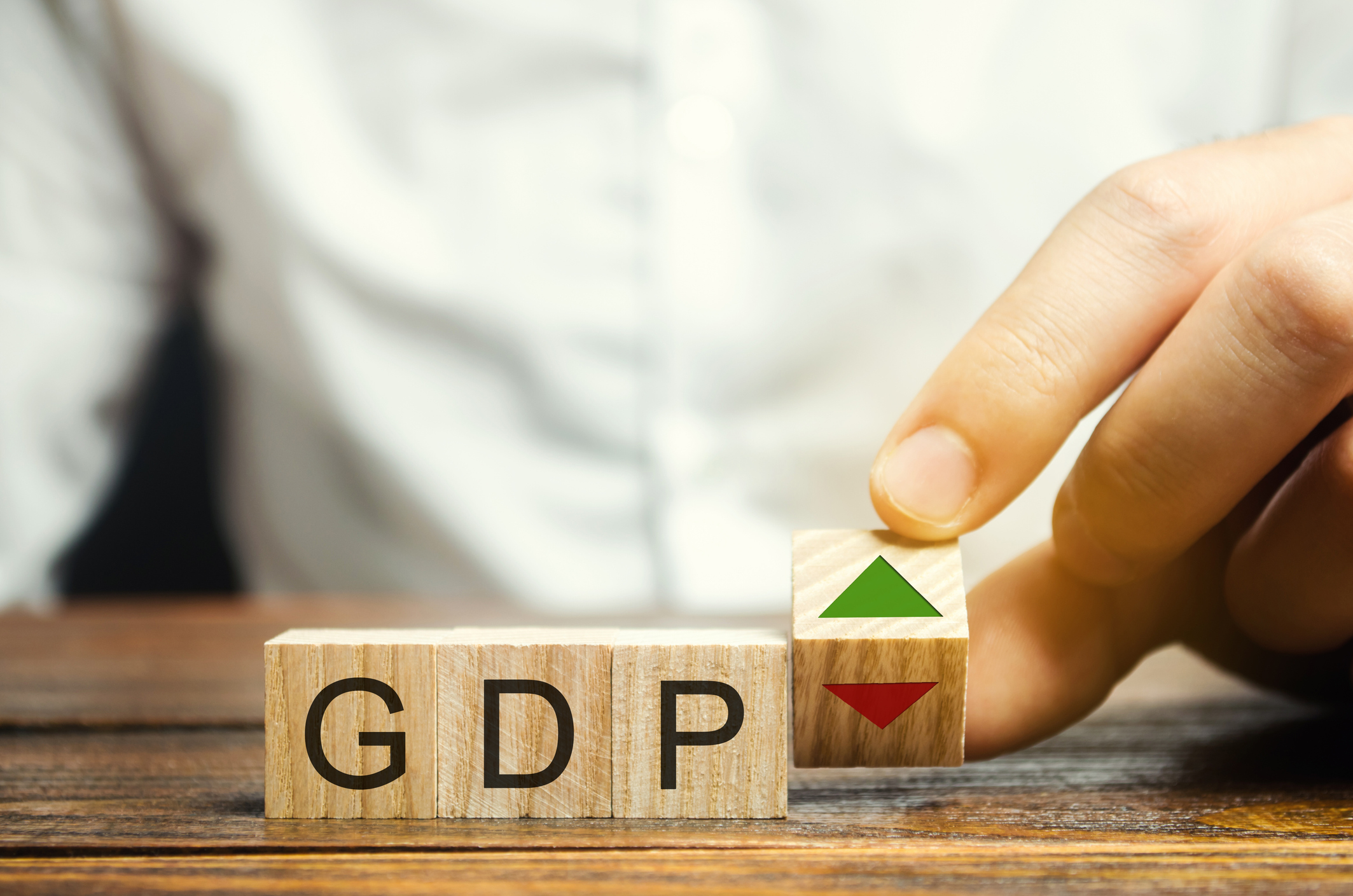If a company theoretically sells all of its assets at book value and uses the proceeds to pay off all its liabilities, the money left over would represent the company's stockholders' equity.
Accountants must calculate how the company's stockholders' equity changes from one accounting period to the next. That process starts with the company's beginning stockholders' equity, considers any changes on the income statement or balance sheet that can change equity, and concludes with its ending stockholders' equity. Figuring out the beginning stockholders' equity figure can be done in a few different ways.
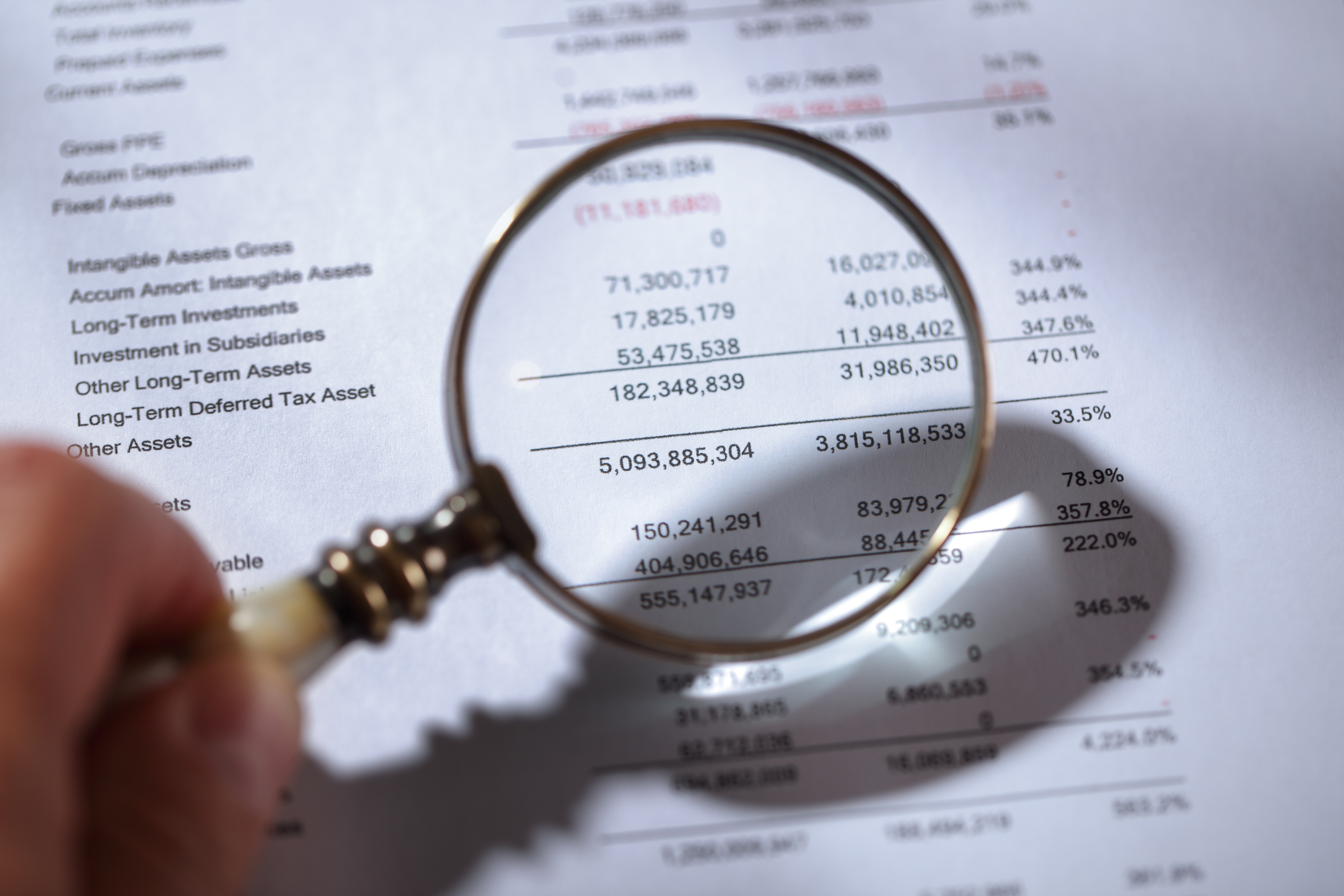
Look at the balance sheet's stockholders' equity section
The simplest way to determine beginning stockholders' equity is to look it up on the company's balance sheet. The stockholders' equity section follows the liabilities section on the balance sheet. It will show the total stockholders' equity for the period, including its constituent parts, like common stock, preferred stock, and so on.
The total stockholders' equity for a given period represents the total at the end of the period. To find the beginning stockholders' equity for that period, look at the balance sheet for the preceding period.
The last period's ending number is the same as this period's beginning number. In some cases, a company's financial statements may include a table called the reconciliation of stockholders' equity. In that case, the beginning stockholders' equity will be listed at the beginning of that table.
If the balance sheet total is unavailable, reverse the process to figure out the beginning stockholders' equity
Stockholders' equity can change because of three fundamental things: profits or losses, capital distributions like dividends, and capital additions like stock issues. Knowing this, we can figure out the beginning stockholders' equity by working backward from the period-end stockholders' equity.
For example, let's assume that a company
- Had ending stockholders' equity of $1,000.
- Net income of $200.
- Paid $50 in common stock dividends.
- Issued $100 in new common stock.
With this information, we can work our way backward to figure out beginning stockholders' equity. As a rule of thumb, if one of these changes would increase capital, we'll subtract it from the period-end stockholders' equity. If it decreases capital, we'll add that number back.
Let's work through this example. First, we subtract the $200 of net income from period-end stockholders' equity. Profits increase stockholders' equity, so when working backward, we must subtract them to move from ending to beginning stockholders' equity.
Then we add back the $50 in common stock dividends and finish up by subtracting the $100 in newly issued common stock. That results in a beginning shareholders' equity of $750.
To learn more about stocks and how to start investing, head over to The Motley Fool's Broker Center and get started today.




